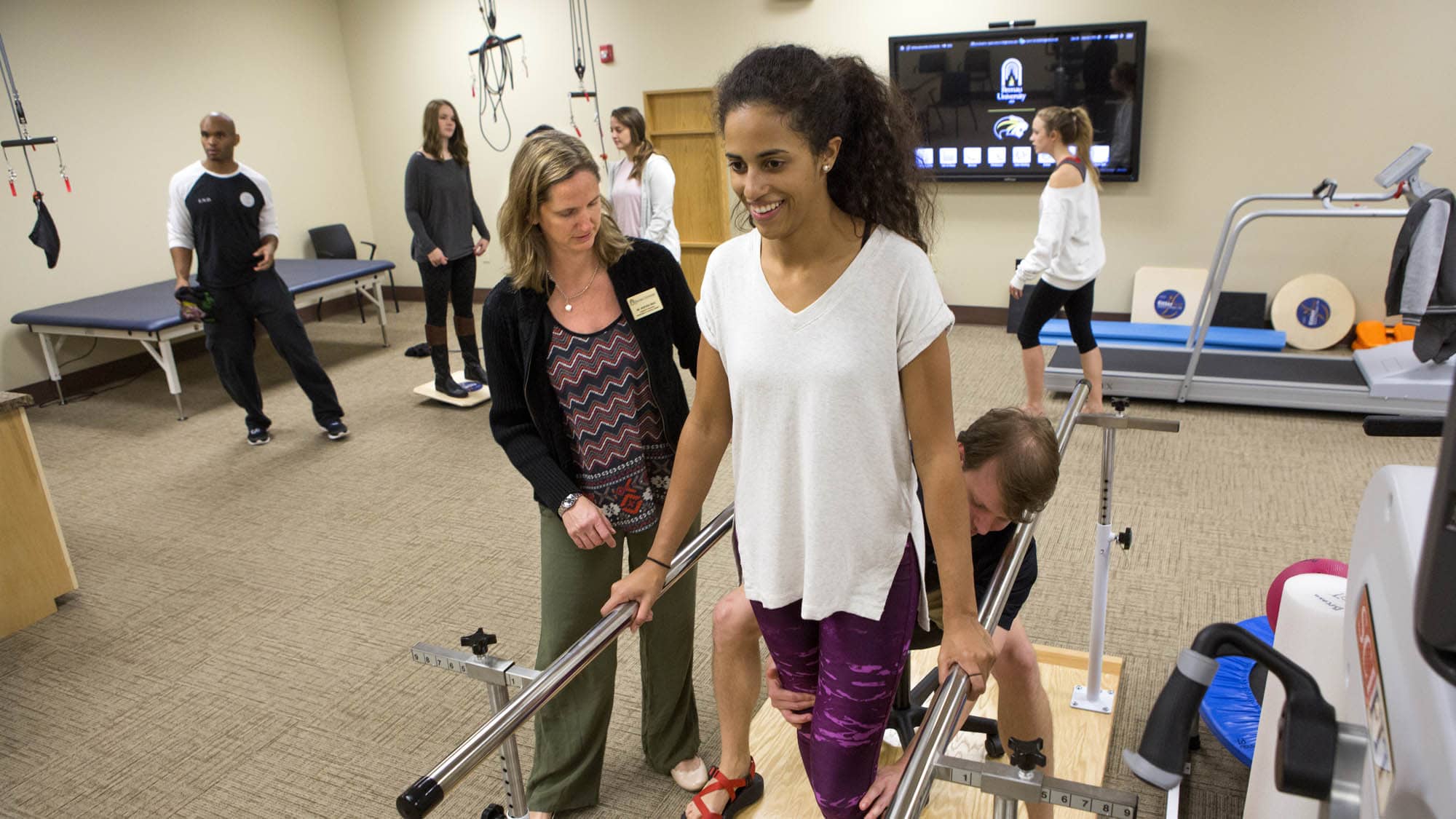Comprehending The Way Acute Traumas Transform Sporting Performance Mechanics
Wiki Article
Acute injuries are unexpected injuries that can happen during athletic events or fitness activities. These traumas can significantly impact an athletic performance and overall wellbeing. Frequent instances of sudden injuries include sprains, breaks, and pulls. They occur quickly and frequently result from incidents, such as falls, collisions, or incorrect actions. Understanding how these injuries influence sports performance dynamics is important for sportspeople, trainers, and medical professionals who interact with them.
When an athlete suffers an sudden trauma, the immediate effects can be quite severe. Discomfort and swelling are common indicators that can restrict mobility and capability. For example, a basketball player who twists an ankle may find it difficult to move or run. This limitation can lead to a reduction in ability, as athletes may struggle to perform at their usual level. Additionally, the mental effects of an incident can also play a role. Players might feel worried or fearful about returning to their activity, which can further impact their ability.
Recovery from an sudden trauma involves several phases, including recovery, rehabilitation, and gradual return to activity. The initial emphasis is usually on controlling discomfort and inflammation. Medical providers may advise cold therapy, bandaging, and elevation to help with recovery. Once the acute phase has passed, therapeutic activities become crucial. These activities help restore strength, flexibility, and range of movement. Players need to follow a systematic recovery plan to ensure they return to their sport safely and effectively.
The long-term effects of sudden traumas can differ. Some players may heal fully and come back to their former ability levels, while others may face ongoing challenges. Ongoing discomfort or fragility can emerge if an trauma is not adequately managed. This circumstance can lead to a pattern of recurring injuries or compensatory injuries in other parts of the body. It is crucial for athletes to be patient during the recovery process and to collaborate closely with medical professionals to tackle any lingering issues.
In conclusion, sudden traumas can significantly alter how players compete in their activities. The click here for info prompt bodily and psychological effects can hinder performance and self-assurance. Rehabilitation involves attentive handling and therapy to guarantee that players can securely return to their activities. Understanding the dynamics of acute injuries can help everyone involved in sports—from athletes to coaches to medical professionals—assist those impacted and encourage a secure re-entry to athletic performance.
